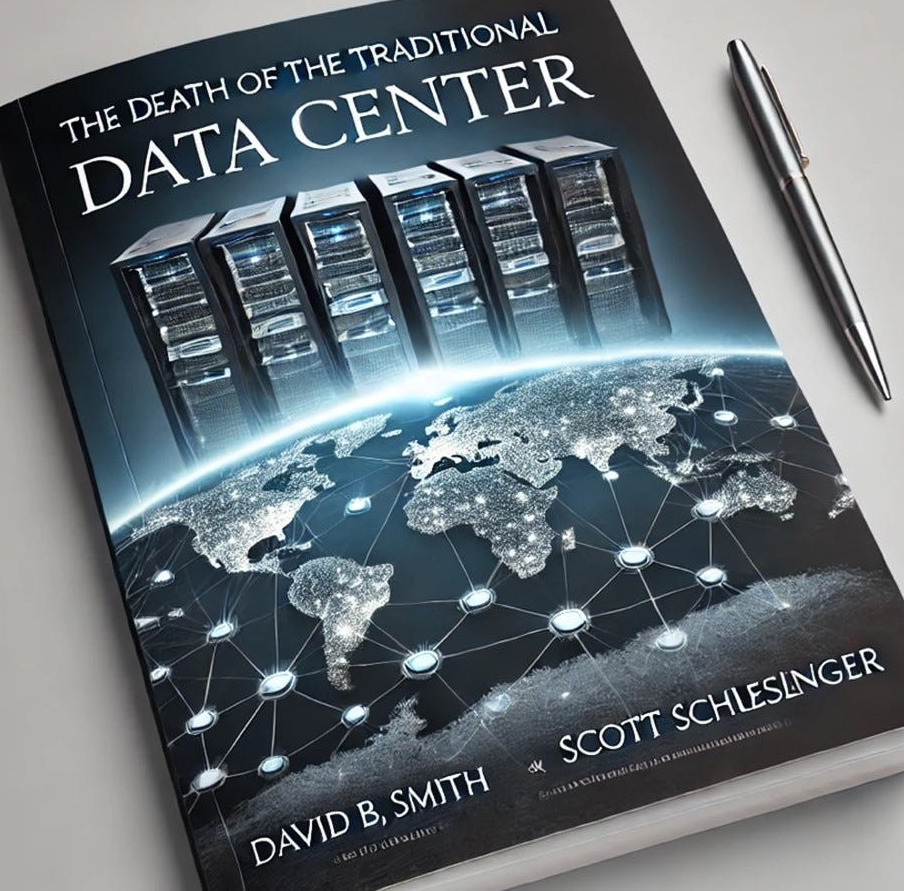Medium
1M
231

Image Credit: Medium
Infrastructure Without Limits —Scaling Intelligence Where Business Happens
- Legacy centralized data center models no longer meet modern business operational needs due to increased data creation and consumption, real-time responsiveness requirements, and data sovereignty laws.
- The shift towards distributed mini-mesh architectures is driven by the need for localized, intelligent actions at the edge, where full compute, storage, analytics, and orchestration capabilities are required.
- Challenges with centralized models include latency issues, compliance complexities, operational risks, and the escalating costs and complexity of scaling to match current data creation rates.
- While centralization is crucial for training large AI models, a distributed infrastructure is essential for deploying AI models in operational contexts for real-time decision-making.
- Distributed intelligent infrastructure, based on mini-mesh data centers, brings computing capabilities to the edge, reducing latency, ensuring compliance, and enabling modular scalability.
- Intelligence orchestration is key to transforming distributed infrastructure into an operational asset by enabling real-time operational intelligence, policy-driven data processing, and global alignment.
- Industries like logistics, retail, healthcare, manufacturing, and energy are already benefiting from mini-mesh distributed infrastructure, achieving operational efficiencies and improved outcomes.
- Transitioning to distributed infrastructure should focus on reducing latency, meeting compliance needs, and enabling local analytics, starting with mesh node rollouts in high-impact regions.
- Success lies in effectively orchestrating and integrating distributed nodes into the enterprise intelligence framework, allowing for incremental scaling and operational benefits realization.
- The future of enterprise infrastructure lies in extending intelligence to every operational point, embracing the sensor-driven world, and governing distributed environments cohesively for enhanced business outcomes.
- The shift towards distributed, intelligent, orchestrated infrastructure is not just a technology trend but a necessary business strategy to stay competitive in a data-driven and real-time business environment.
Read Full Article
13 Likes
For uninterrupted reading, download the app